To say that Asis Cortés is one of the hardest working guys in mezcal isn’t an overstatement. Since 2008, he has been on the road, evangelizing mezcal and creating a legion of loyal followers. When he first arrived in the United States almost eight years ago, the category was in its infancy with only a handful of craft brands like Del Maguey and Alipús. Aside from people who had traveled to Oaxaca the spirits world had no understanding of this Mexican elixir.
Asis comes from a long line of mezcal producers shrouded in the mists of local history. His family is something of local royalty and his work has only cemented their importance in the contemporary mezcal world. His tireless evangelization raised the profile of mezcal in general but added a profound note of personalization to it, he brought a bit of Oaxaca to every toast, a touch that stayed with the innumerable people he met. It’s no mistake that his new venture is named Dixeebe, a Zapotec word that means ‘toast’ in its most simple translation but contains much deeper associations for Asis and the members of his culture.
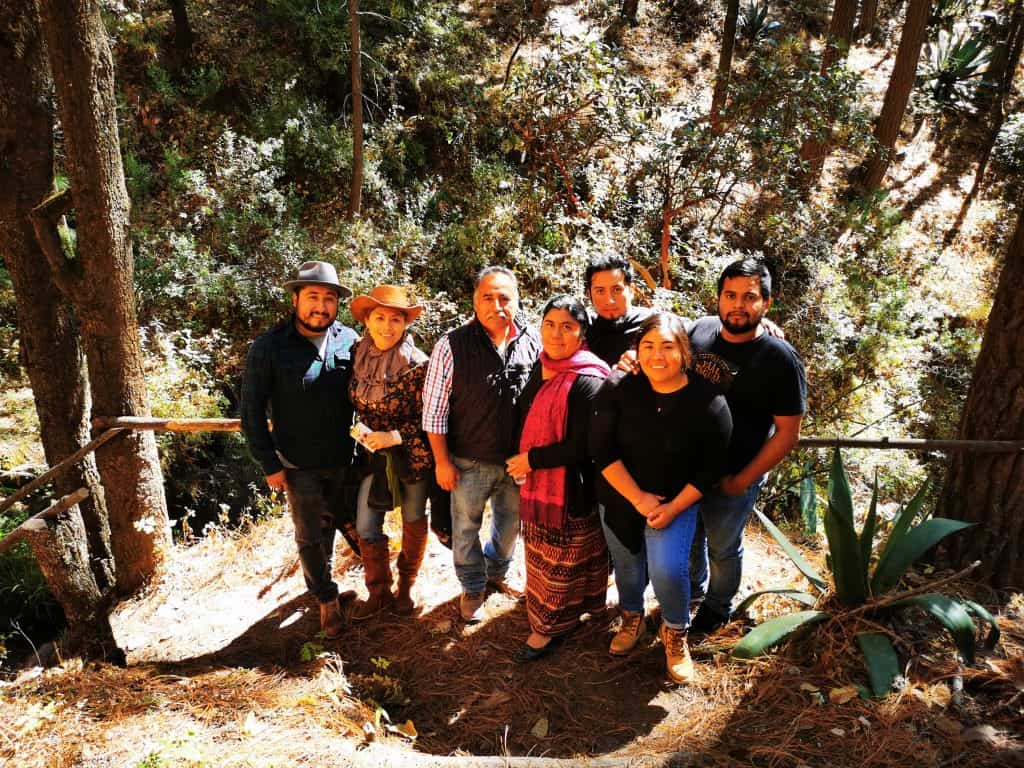
Over the years Asis helped make his family’s brands – Casa de Cortes, El Jolgorio, Nuestra Soledad, and Origen Raiz – into industry standards. He designed the labels, promoted them, and worked closely on every level of production. He went even further than that by founding Mezcalogia in Oaxaca as a font of mezcal education and ended up with one of the great mezcal bars. Over the years it has featured a variety of bar tenders ranging from US imports to local talent. It has always poured small production bottles and mezcal cocktails which showcased the interaction between mezcal and local Oaxacan ingredients. Mezcalogia led to a local hotel, Ofrenda, which he’s been using as a base for many industry focused trips which only have cemented the mezcal educations of so many of the critical building blocks of international mezcal promotion: The bartenders that go come back and make sure that their clients know just how special mezcal is.
In 2019, Asis embarked on a new project with his father, Valentín Cortés. They call it Dixeebe to express what mezcal means to them — love, gratitude, and respect for the culture and ancestors which make all of this possible. It’s truly an ofrenda from the heart and a return to mezcal’s roots. Dixeebe’s first bottles are tiny production runs from Valentín Cortés. If they’re not already sold out, you can place an order now. The first slate is an bouquet of bottlings which represent Oaxaca’s diverse agaves.
I recently had an opportunity to talk with Asis and dig into the background of Dixeebe, his family’s history in the mezcal world, and where he’s headed next.
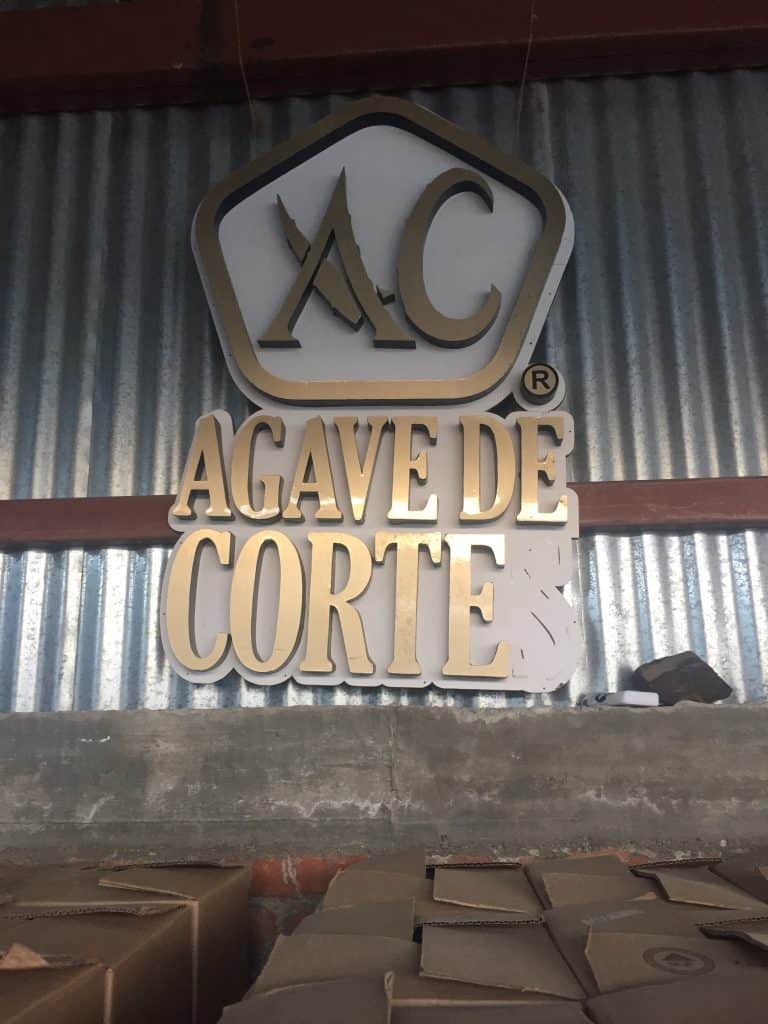
To say people were shocked when you announced you were moving on from Casa de Cortés might be an understatement. Can you talk a bit about that decision?
I made a very difficult decision, incomprehensible for many but I can say that having been part of a beautiful family project fills me with pride and gratitude, we grew and learned together, likewise everything I did with Casa Cortés was with my heart in hand, There were many dreams that we achieved despite difficulties and time, without a doubt it is a very important part of my life and my career. As I said in a statement in March of this year “Mezcal will always be the essence of my spirit, but now the main engines such as art and hospitality inspire me to create new and exciting projects.”
Where did the idea for Dixeebe come from?
Dixeebe is a word of Zapotec origin that is used in most cases to say “cheers” (pronounced “dishbey) but within the mezcal culture that my family has had for generations saying Dixeebe goes beyond this, it is a deep feeling of love, respect and gratitude that come together in the most intimate and significant moments such as thanking mother earth for a good harvest, thanking the gods for a good rainy season, respect when asking the spirits for permission to celebrate a party at home, by receiving our ancestors every year on the day of the dead, by sharing the company of family or a friend, in those and many more moments are where Dixeebe is the way to express all our feelings always accompanied by a copita de mezcal.
Every time I share my feelings, I cannot see myself without a mezcal in hand and with great respect to be able to say “Dixeebe” from the heart.
To belong to a proudly Zapotec family in Santiago Matatlán is to be surrounded by many traditions, festivals, rituals and mezcal, in addition to having grown in contact with the production of mezcal by the hand of my grandparents and my father, where the day to day gave me the experiences to continue appreciating and recognizing the wonderful meaning that this word has and that has also accompanied me throughout the work I have done promoting mezcal.
It really has a lot of meaning for our family, since it is more than a word, it evokes the feeling, the respect, the love that one has for everything we are and we have, it contains the past of our history, the present that leads us to work, with love for each of our missions and eternal gratitude, saying “Dixeebe” is a whole ceremony of love, gratitude and respect.

Where did you get the idea to launch Dixeebe come from to be a mezcal brand?
A year ago my father and I were fortunate to undertake this project where we wanted to reflect the hard work of many generations, but above all the effort of recent years, where we have faced great challenges in the world of Mezcal. Adopting the name Dixeebe was a very important decision as this word is very powerful and meaningful to us.
The mezcal category begins to take many paths and we have seen how this affects the field in various ways and especially the small mezcal producers who have been honoring and respecting the knowledge inherited by their ancestors, who, like my father, face day by day in the struggle to keep alive a legacy and a way of life with mezcal, but which are also the fruit of hard and honest work that requires a lot of patience and resistance to keep alive the culture and tradition that lead to quality, just what we have always worked for and fought for.
In the end, we concluded that all we want to do is continue in this fight to preserve that work that my father has done since he was 13 years old and Mezcal Dixeebe was born to maintain that connection between the maguey, the culture and our ancestors, respect for the motherland, the gods and our great family in the world, mezcal is everything to us and this brand honors our past by thanking the knowledge we have today to be able to take care of a future with Mezcal del bueno, a mezcal of our ancestors.

Given how hard you have worked to grow your family brands, how did you come to this decision to change your approach?
The last 12 years have taught me that anything can be done and I am glad when I see brands that represent their mezcales with pride but are also in that constant struggle to raise the mezcales of Mexico. And that is the reason why I reaffirm my approach with the work carried out and I continue in this fight to preserve and make the mezcales of Mexico known.
Here in Oaxaca I see new brands all the time, probably 70-80% have beautiful packaging, but there is no information about who the mezcalero is, this is not new for us, but as a brand, it is important to honor the mezcaleros and we are committed to respect and protect the integrity with transparency of everything we believe in, and by doing so we believe that we will ultimately connect more strongly with the people who drink and appreciate our mezcales.
Mezcal is unique in that sense, that it can connect us in a beautiful way, and that spirit of connection is something I don’t really see with many drinks. Take regular beer, for example, there is a lot of beer consumption, but we don’t really know who is producing it. With mezcal, if you want to give something to your friend who is inviting you to his son’s wedding, it is something intimate, fraternal, from the heart. With Dixeebe, we don’t want to lose that kind of connection with people.
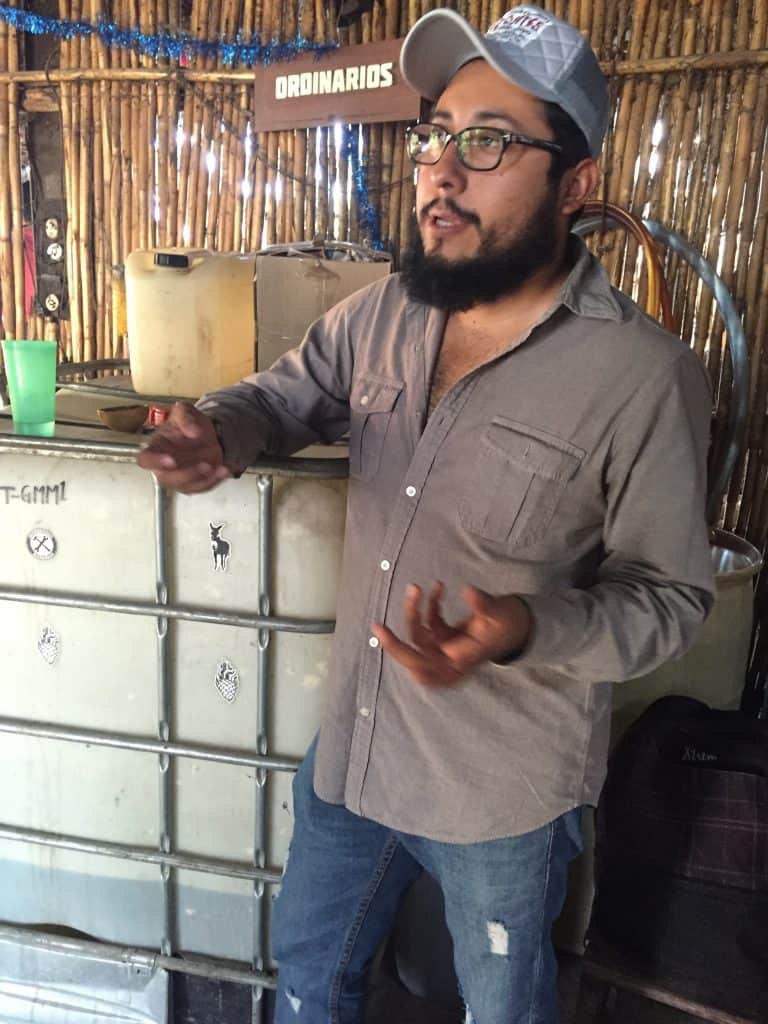
How have you been introducing Dixeebe to people?
In fact it has been difficult in the middle of this pandemic but at the same time it has been quite wonderful and rewarding to be able to see and have time with many friends since I went to some of them to ask for help to present Mezcal Dixeebe, and they themselves helped me to form small groups between friends and family to present the brand virtually while we share some mezcals and talk about how important the culture behind mezcal is and how with Dixeebe we reaffirm and continue in this mission. I am grateful to each of them, of you who help me to do what I really like, chat, enjoy and above all share this new chapter, raise the glass and express what Dixeebe means.
I understand that the market is very large, but in my mind and heart it is always more important to be able to drink it together with those who appreciate this wonderful drink beyond the simple fact of being an alcoholic drink. As always, our doors are open in Oaxaca and Durango for all those who want to know us, and enter this journey that has no end, and I cannot wait to be able to see all those who have already visited us, sharing great Mezcales and enjoying great moments.
Let’s talk a little bit about your family’s history with mezcal. How far back does the Cortés family go in the mezcal business?
We really do not know when my family started producing mezcal because unfortunately there is a great time lost in the history of our Matatlán village, very few documents can give rise to a true history, however there is an ancient place in Matatlán, where one of the oldest ruins where my great-great-great-grandfather Miguel Cortés produced mezcal. It was probably about 180 years ago, the same family that my father corresponds to represent as the fifth generation of mezcaleros, likewise in my mother’s family they have produced mezcal for several generations.
I am happy to have grown up between two families with so many traditions and a great cultural richness around mezcal and to continue to maintain the artisan production of mezcal and planting of maguey as the main activity, these two activities being the means of livelihood and honored work of entire generations of my family.
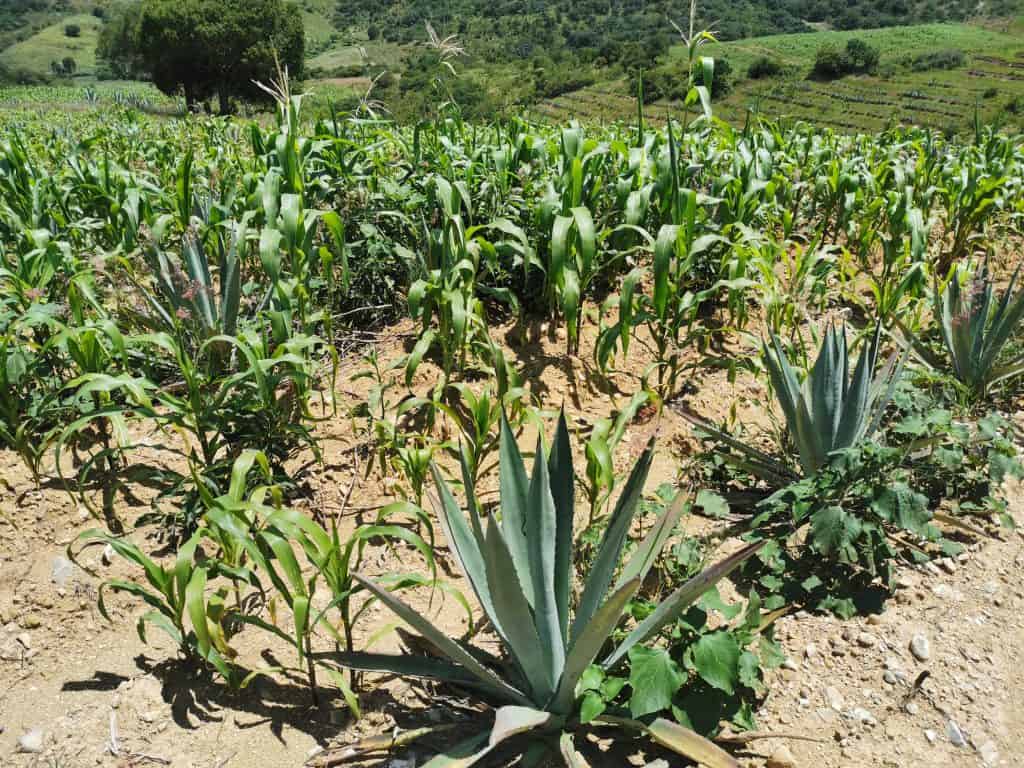
When my father decided to dedicate himself full time to work with my grandfather José Cortés in the field as a magueyero and in the palenque as a mezcalero he was just 13 years old, without knowing it he began a new stage for the fifth and sixth generation of the Cortés, returning to their origins to preserve the knowledge of a great mezcal family that would maintain the momentum and dedication of the producers of yesteryear, the strict care in each process and the love for their new assignment.
My mother Irma Hernández also had the experience together with her twin sister and my grandmother María of being in charge of her family’s palenque when she was just 13 years old. During that time she and her brothers produced the mezcal that my grandfather Hermilo Hernández taught them to produce from a very young age. Nowadays, the palenque of my mother’s family is still alive and it has been able to stay on its feet thanks to the work of one of her brothers.
My first memories are related to mezcal, when I was a child I had to play in the palenque with my brothers and cousins, unfortunately as the production of mezcal grew it decreased due to the decrease in sales of mezcal. They were very difficult times for many mezcalera families, however this tradition did not completely die and thanks to that today it is still alive.
While I was studying graphic design, my father and his brothers started a new project called Agave de Cortés, a project that began as a great dream, the dream of being able to give back to the mezcaleros their work and their pride. They gave me the opportunity to be part of this project from a totally different perspective, as a graphic designer and with the tools that I had learned at the university I began to communicate all the history and cultural values that mezcal had always had through graphic tools and then virtual.
At first it was very difficult to sell a bottle, but the same need and desire to be able to give back to the mezcalera families that pride and hope that we had lost led me little by little to make the decision to go out and talk about mezcal, I didn’t really plan it, but my passion led me to dedicate myself full time traveling throughout the United States and Europe speaking and representing mezcal, an experience that has undoubtedly been full of setbacks, a lot of learning and many friends that throughout this way they have become part of my family.
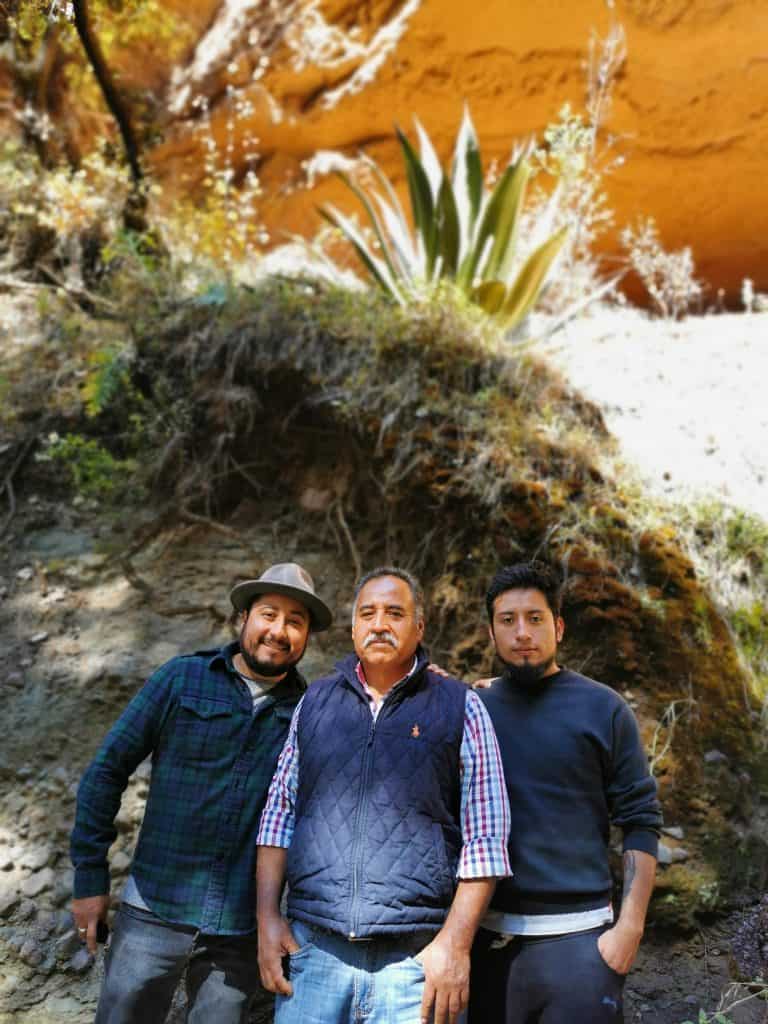
You and your father are close. Do you spend a lot of time working together now?
I grew up in a town where the family has always been very united with ancestral traditions and celebrations, where each party is a commitment of love for what is ours, that is why the relationship with my father has always been very close, and having traveled so many years promoting mezcal did not take me away from my family, nor from my dad, but it did take me away from the opportunity to work with him in a palenque or in the field, something that I would have loved to do years ago. However I have had the fortune of knowing my father’s process and technique very well, as well as meeting many mezcaleros from Oaxaca and other states who have shared his teachings. It is never too late to do our part by inheritance and I know that I will be able to have that space and time to work shoulder to shoulder with my father.
This last year and a half has been a wonderful time, I have had more moments with my father and more time to accompany him to work in the fields, perhaps not yet as I would like, but especially in the last months I have been able to collaborate and learn a little more of the field, cleaning the field, planting maguey, taking out hijuelos and transplanting them, as Don Valentín says, making mezcal begins right in the field, and as we well know, without maguey there is no mezcal.
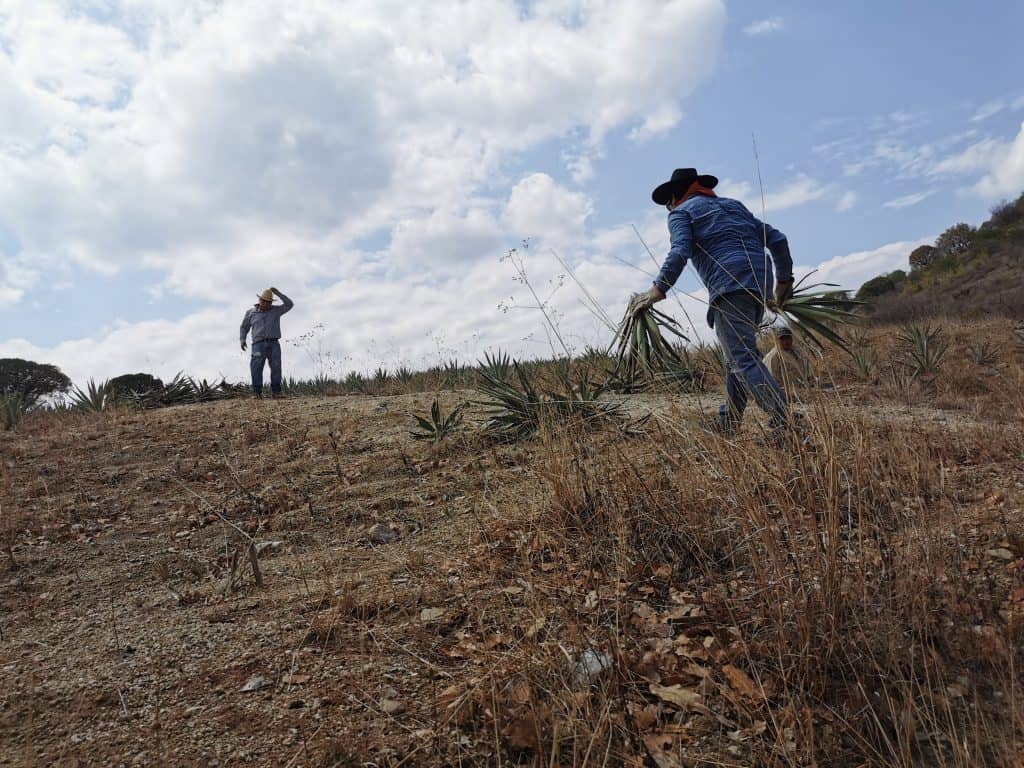
How did Origen Raiz come about?
A close relationship that we began with Bildo Saravia since he was our importer in Australia, gave rise to a great friendship, he visited us frequently in Oaxaca and was always passionate, representing our culture and sharing a little of our Mexico in Australia.
Bildo decided to return to Durango Mexico where he is from and invited us to visit his cattle ranch, ‘El Ojo,’ it was surprising to see that there were many magueys with cut quiotes or as we call them “capones”, but they did not make mezcal with them, I noticed many magueys capones of one, two and three years and many others already completely dry after having died. When I asked why they cut the quiotes if they did not make mezcal, they told me that they did not cut the quiotes, it was the cows and the deer who ate them and were in charge of capping them. It was really impressive what nature does in those Duranguense lands, Bildo and his family expressed their desire to take advantage of the wild maguey that were there.

Something else that caught my attention was the fact that the ranch has a registry with Semarnat (the Secretaría de Medio Ambiente y Recursos Naturales, the Mexican government agency tasked with preserving the nation’s natural patrimony) where there is care and respect for the entire ecosystem, it is a registry called UMA (Units of Management for the Conservation of Wild Life) which are the registered properties and facilities that operate in accordance with an approved management plan and within which there is permanent monitoring of the state of the habitat and of the populations or specimens that are distributed there.
There was no historical production in that specific place, but it is only one hour from Nombre de Dios, which is a town with an important production of mezcal in Durango, so we got to know its traditions, its techniques and savor some good mezcal, we find magueyes of many types, where the Cenizo abounds.
All our recognition was with the respect that a land of maguey and mezcal deserves, some time later the relationship with Bildo’s family and the respect that they have had for our culture and our Mezcales since then led us to start something noble, making mezcal which could honor its land, its environment, and be able to take advantage of its vegetation, its terroir and especially its maguey. A mezcal that had soul and passion behind it, the opportunity to make a mezcal where respect for nature was before everything, a project that went beyond sustainability, and with which we reaffirmed that we could share the spirit of two families, of Mother Earth and of the maguey. So we began to build the palenque, “a Vinata” as Durango calls it, in the center of the ranch immersed in this beautiful ecosystem.
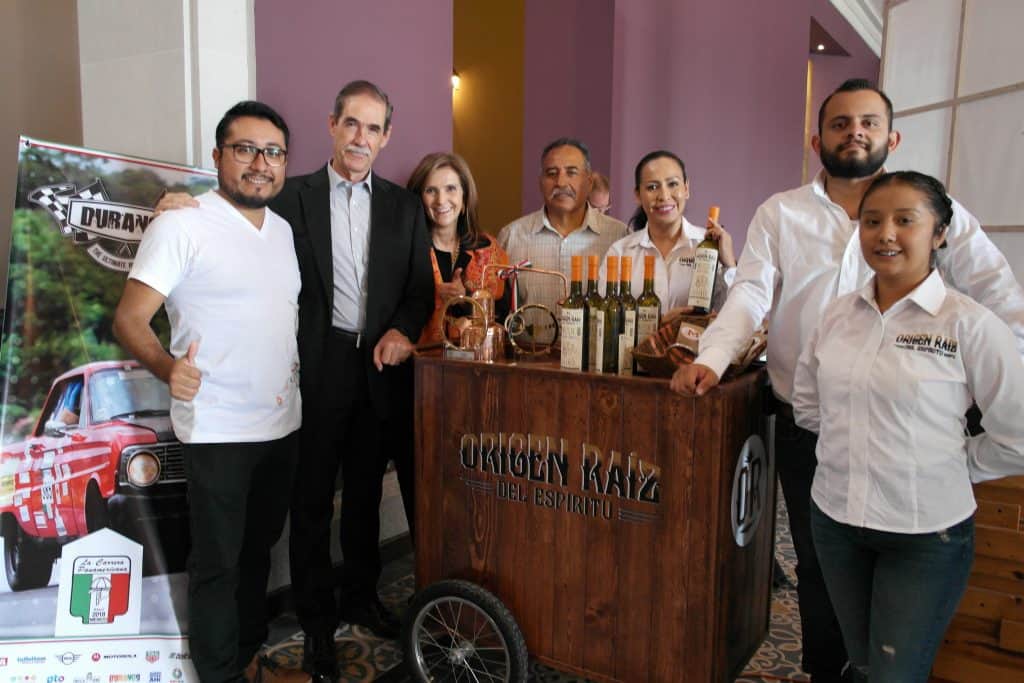
We have been learning a lot in Durango, about how we can go beyond sustainability. It is not just about planting more magueyes or trees, we must also think that everything is connected, that there is a beautiful connection between plants, trees, herbs, flowers, birds, insects and all kinds of animals, at Rancho el Ojo the magueyes stand out, there are groves, Yucas, Nopales, Huizaches, Mezquites, pasture, a great variety of birds, bats, bees, coyotes, foxes, wild boars, deer, rabbits among others that coexist with great harmony.
It is clear to me that if we can learn to respect each of these elements when making mezcal, nature itself does not end up providing us with so many benefits and a full and life-filled spirit. This is how the origin of a culture joined a great root, Durango land of good mezcals and large groves.
We harvest only about 30% of the mature magueyes, all the magueyes that we harvest are capones and it is a mixture of magueys that are herded by animals and others herded by us, but even so, we transplanted many hijuelos and we also sow many magueyes from seed that we grow in our own nurseries.
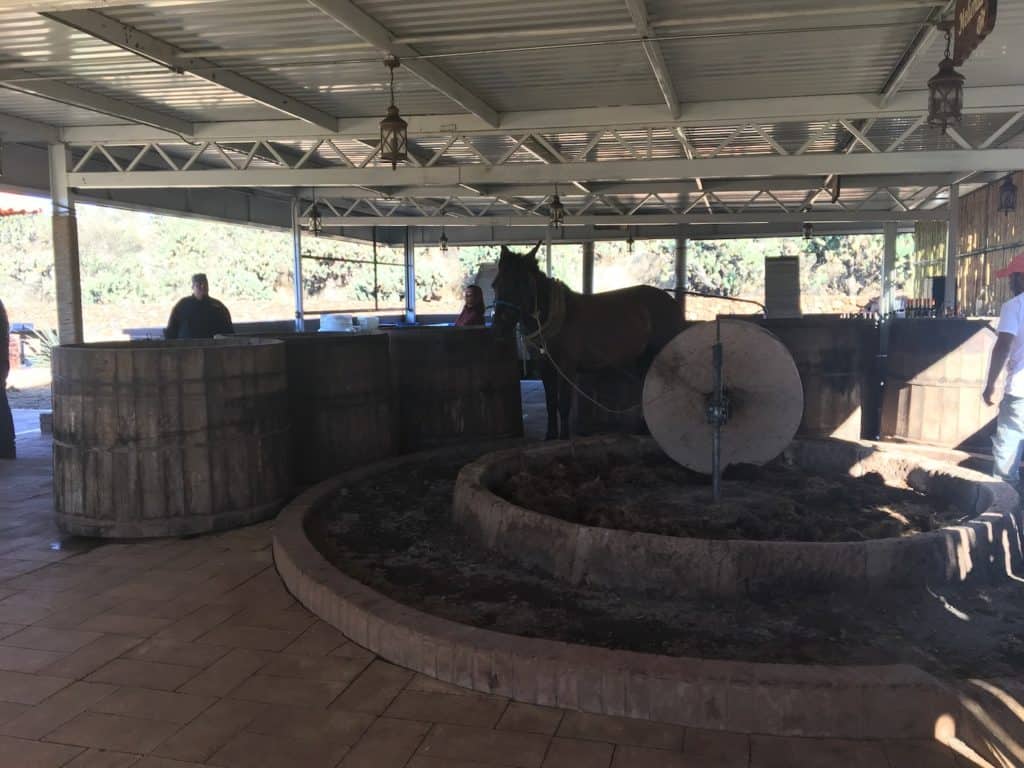
Will you continue working on Origen Raiz?
We have a lot to do in Durango. Origen Raíz is a project that was born with great respect but with humility, there is a big challenge, we continue to learn from the terroir and the diversity of magueyes. Most people only think of Oaxaca when it comes to mezcal, but in our country there are many states that produce exceptional mezcales. This year we are presenting a new expression called Chacaleño by maestro Don Carlos, a third generation mezcalero from the Quebradas region who is located about ten hours from the city of Durango. The region is very tropical and close to Culiacán, a very different region from where the El Ojo ranch is located, but as in many places, its mezcales are spectacular.

Three years ago we began to understand sotol, my father is a tenacious mezcalero and producing the sotol plant was not easy, it took time and respect for us to feel confident that we could share a distillate that we like and we are eager to bring this to the market. At the moment it is only available in Mexico.
We are also making a Venison Pechuga and this has a lot to do with our tradition of gratitude and hunting management that takes place under guides at the ranch. For the fifth anniversary of producing mezcal in Durango, we made a special batch of Madrecuishe to thank my father for this fraternal alliance, that is why the mezcal was made in Matatlán, Oaxaca but we bottled it in Durango under a Origen Raíz label and for the moment will only be available in Mexico.
We feel that we are just beginning to walk this path and it will surely be a long one, but we are excited to continue working to share unique Mezcales that honor family heritage and learning.
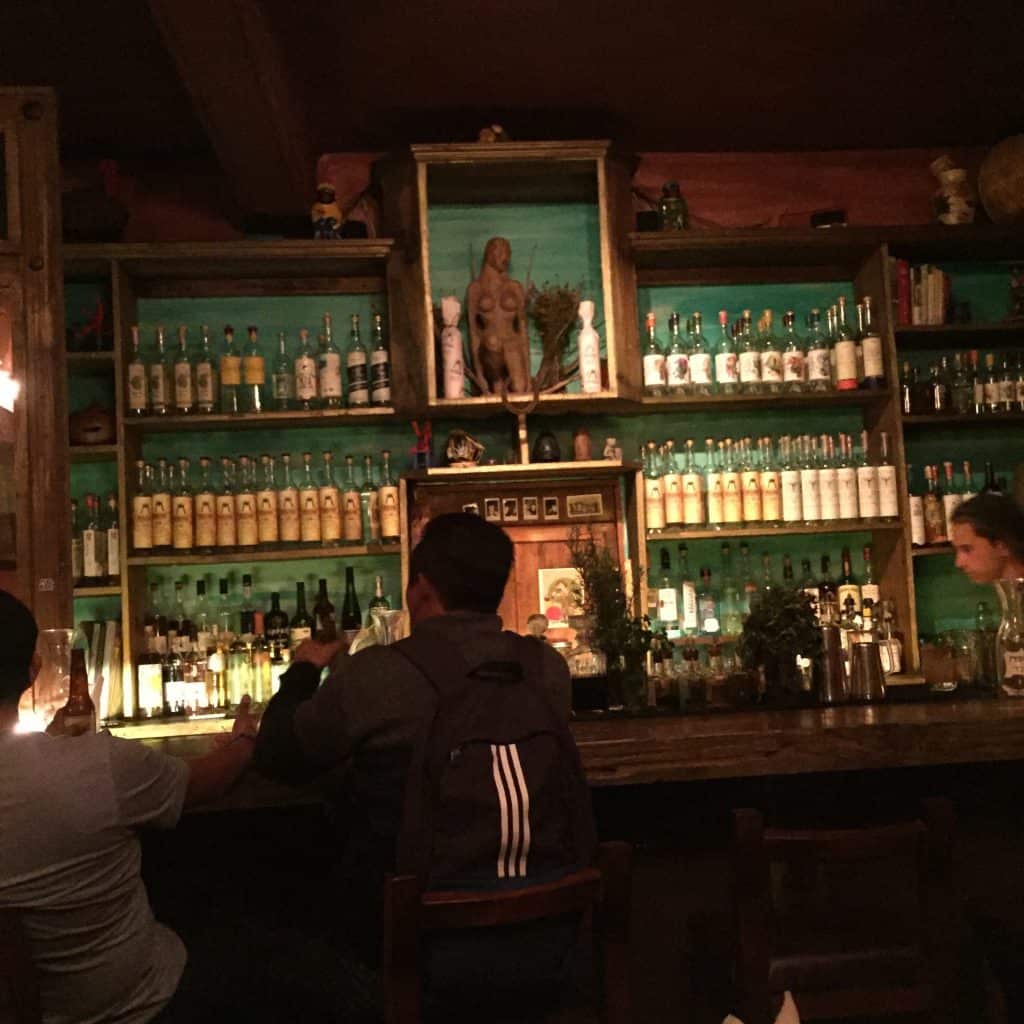
You’ve had other projects over the years too. What is going to happen to Mezcalogia?
In 2014 Mezcalogia was born with all the intention of sharing and teaching about mezcal in Oaxaca. We would often hear people asking for places to go in Oaxaca, so I thought it would be nice to have a space. At that time, there weren’t that many mezcalerías focused on education and we had a lot of travelers interested in learning more. We started with mezcales from different regions of Oaxaca, inviting maestros mezcaleros to talk and present their mezcales and their history. For almost two years it was very difficult to keep our visitors with only mezcal so we added beers and finally cocktails.
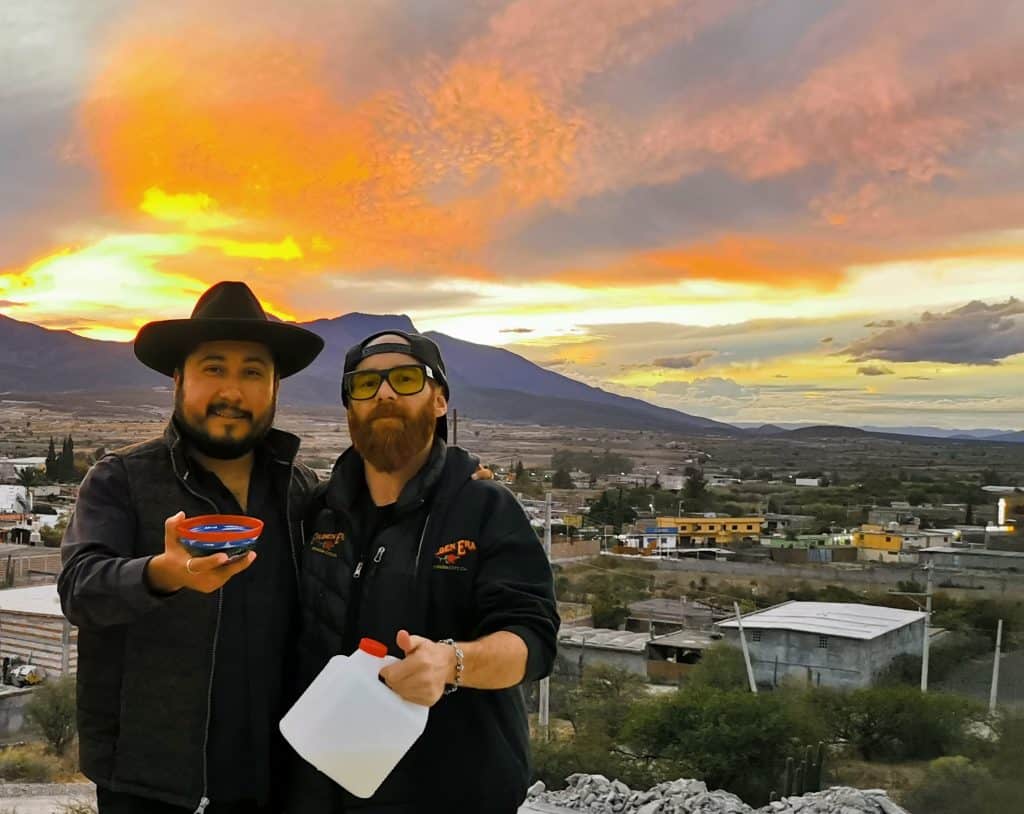
Eric Giardina helped me with the cocktail program that we actually developed in 2016 with Bobby Baker, two experienced bartenders from San Francisco. In Eric’s words, they wanted to give some of them back to Oaxaca after everything they had received with mezcal. We were one of the first mezcal cocktail bars with totally homemade ingredients, Eric and Bobby focused on local flavors, going to the market and making bitters, tinctures and syrups from what they found in the markets and towns we visited.
Mezcalogia currently remains under the administration of Casa Cortés and for a little over a year I have completely retired from the project. I only remain with the hope that the magic and the mission of continuing to teach in that great space continue to live.
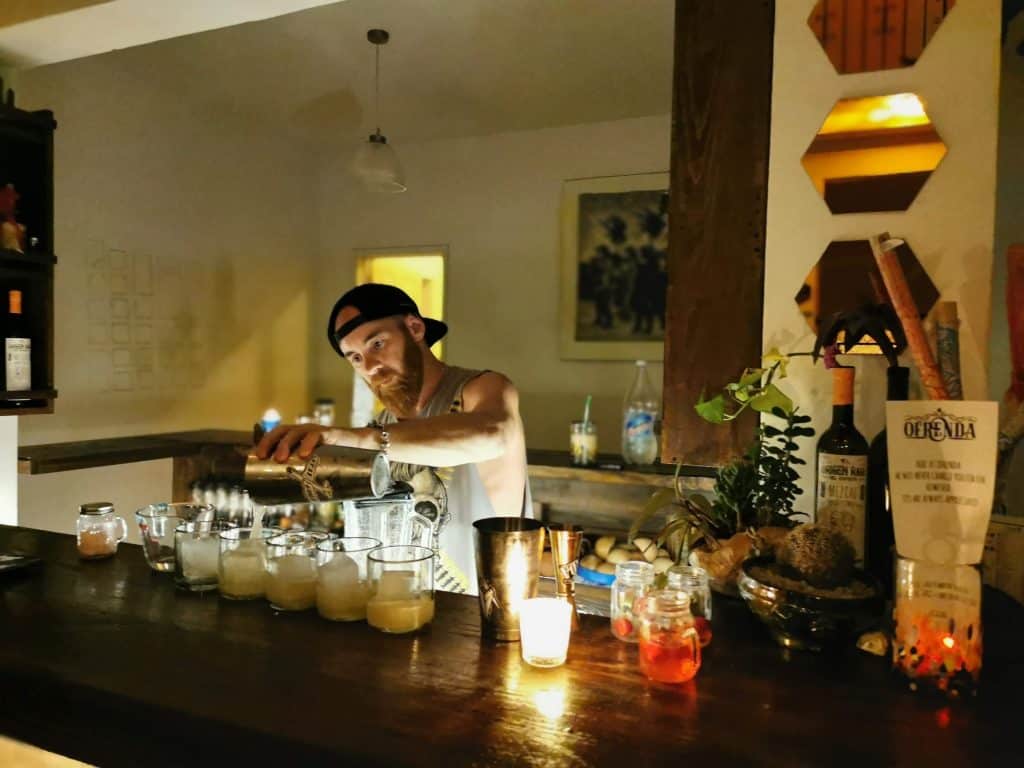
You were also working on a new project with Eric, a kind of hotel that caters to bartenders and other people traveling for mezcal purposes?
With Puro Burro, we had brought many friends to Oaxaca, delving into the world of mezcal. Our friends always stayed at a hotel, but Eric and I had always had conversations about how wonderful it would be if we had a home to host all of our friends and allies from the hospitality industry, finally this dream came true when we found this house in the center of Oaxaca city in 2017. In 2018 after a lot of work in the space, we opened Ofrenda which, as its name says, is our offering to all our friends and family who visit us in Oaxaca.
We designed a house that reflects our personality and makes you feel as if you were at home in Oaxaca, we put in a bar that is not open to the public, but that has everything a good bar can have, so that any bartender can get creative or simply to have some good mezcales. In addition, over time, we have received many friends who have other mezcal brands and the house has sheltered them to organize their events as if it were their own home. It is not about competition, it is about sharing a space for all of us in this industry. Here everyone brings bottles of mezcal, beers or whatever they like and we had a great time, it really is your home away from home.
Since then, we have had many activities at Ofrenda. It is a space where we make people feel that it is their home and also something wonderful that has happened is that we have received many offerings for this great place from many friends. We have seven rooms, and sometimes we rent by the room, although the ideal is that groups of families or friends who visit us rent the entire house to take home the experience of their home in Oaxaca.
Do you think you might open another bar?
In fact, that is what we have been working on for the last few months with Eric and we began to create a new space called Puro Burro Sunset Bar. It is a terrace, a roof top, with a view of the Church of Santo Domingo. Eric wants to share the new thing he has been doing with cocktails, organic syrups, tinctures, bitters and I of course want to continue sharing great mezcales from my dad and also from many mezcaleros friends that I have met in different towns across the country. We were planning to open it in June, but we changed it to October.
We are very excited about this space, since like everything we do we are passionate and Puro Burro is a brand that was born from joke to joke but which over time has become a community of mezcal brothers in different parts of the world.
At heart you are an artist. How have you been able to marry your art with your mezcal projects?
I do not consider myself an artist, my training was as a Graphic Designer and Illustrator, but since I was a child I have always liked to draw and paint what I had in my head. As I said before, I got involved in the first brand in my family as a Graphic Designer, which then little by little led me to develop the other brands conceptually and visually, it has been something that I have enjoyed very much, being able to unite two of my great passions without a doubt It is a challenge that I set myself all the time and throughout this process I have met many talented people in the artistic and graphic medium who have collaborated with me for the visual and communicative development of all the projects in which I put my soul, some of them are Agave de Cortés, El Jolgorio, Nuestra Soledad, Sotol Por Siempre, Mezcalogia, Origin Raíz, Ofrenda, Stratos, among others.
I am currently working with Dixeebe on a conceptual and graphic level, something that has kept me very busy and creatively active, today it is one of my greatest challenges. In February of this year visiting Mérida with my wife, Mar, we went to the Music Palace, a space dedicated to music throughout the history of Mexico, and in one of the last rooms listening to jazz from the 70’s something happened with me and I got this energy where I finally wanted to do my sketches, I got my notebook, pens and started putting everything on paper, after a little over a year working on what will finally be the image of Dixeebe.
Once I started doing that, I realized after a couple of weeks that it was great, but I needed a little more time. COVID-19 caught up with us and we really wanted to introduce Dixeebe, but I knew I couldn’t do it in time. One night I couldn’t sleep, thinking of waiting, we have all this mezcal and this has to be done and then I remembered that with other brands we started with a label, which then evolved over time. So that encouraged me to have a provisional label. When I told Mar, she reminded me that in 2014 I had made an illustration of what Dixeeebe meant to me and I thought this was perfect, so I used this illustration for the labels, we did it, we finally introduced Dixeebe, and the future it may surprise us.
On the other hand, I have given myself the space and time to draw and paint, this being a space where I express my emotions and feelings, perhaps in a year I can show something of what I do, but for the moment it is still my showcase.
So the big and final question that everyone will want to know – when can we expect to see Dixeebe in the market?
We are doing pre-sale now, but we are not putting it on the market yet, I am not really launching the brand to the market, I am presenting it through https://www.mezcaldixeebe.com
I think that great question will remain in the air for a moment, but I can reveal that I will give news later this year. We are committed to representing my dad and our culture with great respect and in the best possible way, this takes time and we want to do the best we can, our energies are focused in the foundations, in the field, in the palenque, in taking care of every aspect of what everyone will know as Mezcal Dixeebe and I am very sure that when we have everything ready, they will be able to know how and where to find it. But like good Mezcal, everything takes time. Meanwhile everyone knows how to find us, do not hesitate to visit us once traveling is totally safe, we will be waiting for you with open arms, Mezcal makes great families and in Oaxaca you have you Mezcalera family, Dixeebe.


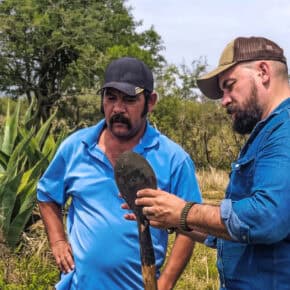
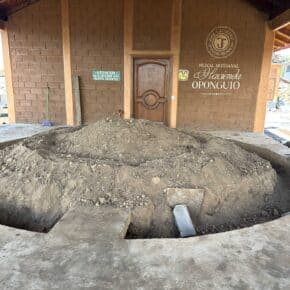








Leave a Comment